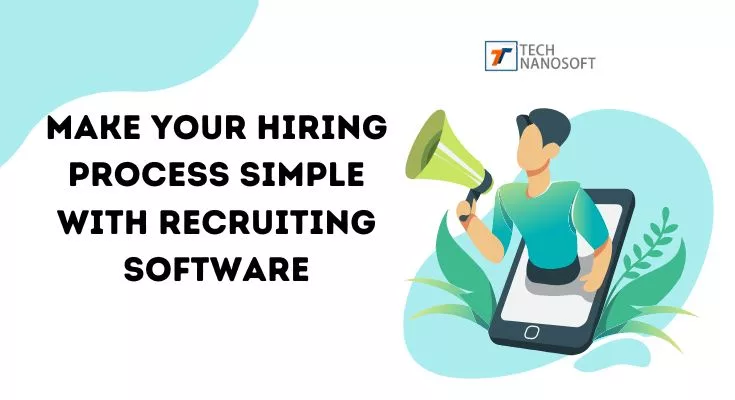Long Term Evolution (LTE) – with new technology for new business models

With the introduction of Long Term Evolution (LTE), the boundaries between mobile communications and the Internet are becoming more blurred. Now the providers must develop new business models to use the higher bandwidths.
Around ten years ago, operators who provided IP-based VPN services for companies introduced the so-called classes of service (CoS), intended to achieve more efficient bandwidth usage.
The underlying principle is simple: A quality-sensitive application such as video telephony is assigned a high CoS to ensure that the associated IP data packets receive a higher priority in the backbone than packets used in less critical applications such as E. -Mail traffic or web browsing are transmitted.
With this trick, the performance of demanding services can be ensured even if an IP-VPN connection has only a limited capacity and bandwidth expansions are out of the question due to the costs involved.
Although the provision of a fixed network connection with a fixed bandwidth has become a lot cheaper in the past decade, mobile networks have unfortunately remained excluded from this trend. The construction and maintenance of radio networks generally still result in high costs.
Given this imbalance, many mobile service providers (MSPs) have come up with surprisingly creative approaches to increasing their return on investment. One option is to share the radio network infrastructure with Mobile Virtual Network Operators (MVNOs).
With the emergence of the LTE (Long Term Evolution) standard, how the high costs of expanding the radio network capacity can be managed in an economically sensible way is becoming more pressing.
In many countries, LTE works in a higher frequency spectrum than the conventional 3G standard. This makes (even) more antennas necessary in metropolitan areas and increases both cost and acceptance problems.
Therefore, it is not surprising that the concept of service classes has been integrated into the 3GPP mobile broadband standards for LTE to give operators an intelligent way of dealing with bandwidth limitations.
But how intelligent is this? Service classes are considered a purely technical aid with which a certain quality of service can be guaranteed – especially in situations with limited bandwidth. However, there is also a profitable business opportunity for creative MSPs
Premium quality for premium customers
One of the services that will benefit from LTE networks is mobile video conferencing. IP-based video telephony over the Internet has been common practice on classic computers for years.
It is offered by over-the-top (OTT) providers such as Skype and Google. Attempts by the MSPs with mobile video telephony via 3G networks, on the other hand, have failed altogether. This was mainly due to the poor quality of the call.
The situation was made even more complicated because video telephony was often only possible between compatible devices. All of this is now a thing of the past.
The introduction of LTE networks and the rapidly growing use of smartphones and tablets make the mobile Internet a reality. This also gives mobile video telephony a second chance.
However, for providers of mobile services, there is a risk of being relegated to the role of a mere service provider. This development is more painful because of the exorbitant expenses you have invested in purchasing licenses and expanding the infrastructure.
Customers have got used to the high bandwidth and excellent service quality of the fixed-line Internet. Due to the limited radio bandwidth – even with LTE networks – you inevitably do not always get the expected rate in the mobile area. This is precisely where mobile service providers could score.
After all, they control the LTE network. Through the intelligent use of the CoS principle, you can precisely control the quality of service provided to individual customers and even individual applications.
Even better: Mobile service providers can now offer their OTT-like communication services and guarantee a certain level of performance right down to the mobile device. The OTT industry cannot do that.
A closer look shows that offering such services for MSPs is less complicated than feared because the technical standards for telecommunication services, rich communication suite(RCS), are mature, and many providers already have RCS-compliant solutions in their portfolio.
These benefits customers who now choose between the “best possible” services from OTT providers and their MSP’s accurate premium services. As the successful introduction and acceptance of HD Voice over 3G networks in some markets show, a significant segment of customers is willing to pay for premium services accordingly.
Admittedly, the broad mass of consumers is not (yet) ready to sign up for premium services. However, that could change if the expectation grows to consume content in flawless HD quality on stylish devices such as smartphones and tablets. One option would be to make this premium bandwidth available for a one-time fee and whenever users need it.
Bandwidth according to the slot machine model
Thanks to Long Term Evolution, this principle – sometimes also referred to as the “slot machine model” because you get a particular equivalent value in the form of bandwidth for a certain amount – can now find its way into practice.
However, the administration of the service classes is only a tiny part of the resulting complex tasks. CRM and billing systems must also be fully integrated into the core network.
The more daring MSPs go one step further. They rely on collaborative business models to get more profit from their expensive LTE investments. Cooperation with OTT providers makes perfect sense.
However, it should at least lead to seamless interoperability between the services of the actors involved. Long Term Evolution
This also includes the transfer between cell phone numbers on the one hand and user IDs such as Skype handles on the other. It is also conceivable that mobile service providers provide access to their LTE networks as a package deal – either voluntarily or because the regulatory authorities are forced to do so.
Cooperation with content providers, which is not new in principle, could take on completely different dimensions if, as a result of Long Term Evolution technology, the respective service offering can be tailored to the customer level. However, before MSPs can tap into these promising revenue streams, they must become thoroughly familiar with the new LTE technology.
The control of a high-performance radio network is undoubted of crucial importance. More importantly, however, is the ability to manage the core network effectively and fully integrate it with IP Multimedia Subsystem Platforms (IMS), CRM, and billing systems.






